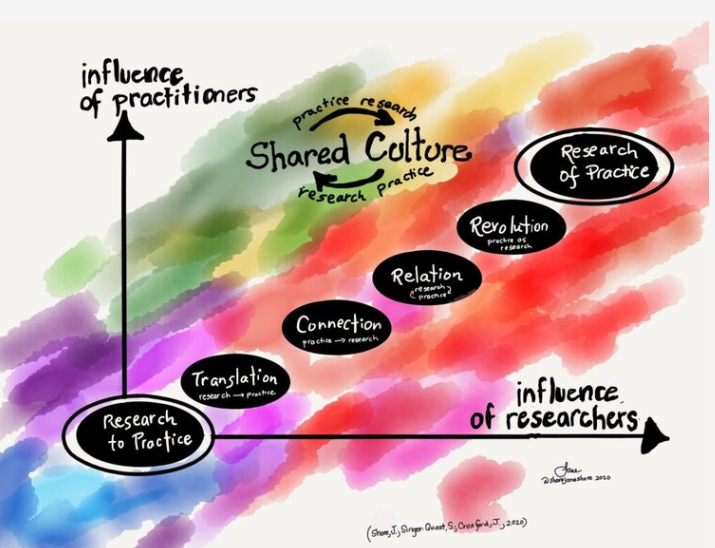Privileges Must Be Shared: Let's Stop Tokenizing the Wisdom of Practice
In this guest post Jane Shore and Sarah Singer Quast remind us of the importance of bridging research and practice, and give specific recommendations.
Qualitative Analysis with NVivo
Are you thinking about whether to use CAQDAS, Computer Assisted Qualitative Data AnalysiS, to manage, code, and assist in the analysis of your qualitative data? Reviewing available software is a good first step, before you decide whether and how to use what technology. In this post, find resources about how to use NVivo - other software options will be considered in additional posts.
Tools for Citation and Publishing from NVivo
In addition to selling their well-known data analysis software, NVivo offers lots of free resources for qualitative and mixed methods researchers. They have a blog, a webinar series, and practical how-to videos. Find resources for academic writers whether or not you use their products.
Manage evolving coding schemes in a codebook: Three simple strategies
Find strategies for setting up a codebook for qualitative data analysis.
Christina Silver and the Five-Level QDA Method
Find an introduction to the Five-Level QDA Method and related resources.
Who’s disrupting transcription in academia?
Transcribing is a pain, recent progress in speech recognition software has helped, but it is still a challenge. Furthermore, how can you be sure that your person-identifiable interview data is not going to be listened and transcribed by someone who wasn’t on your consensus forms. The bigger disruptor is the ability to annotate video and audio files
No more tradeoffs: The era of big data content analysis has come
For centuries, being a scientist has meant learning to live with limited data. People only share so much on a survey form. Experiments don’t account for all the conditions of real world situations. Field research and interviews can only be generalized so far. Network analyses don’t tell us everything we want to know about the ties among people. And text/content/document analysis methods allow us to dive deep into a small set of documents, or they give us a shallow understanding of a larger archive. Never both. So far, the truly great scientists have had to apply many of these approaches to help us better see the world through their kaleidoscope of imperfect lenses.






